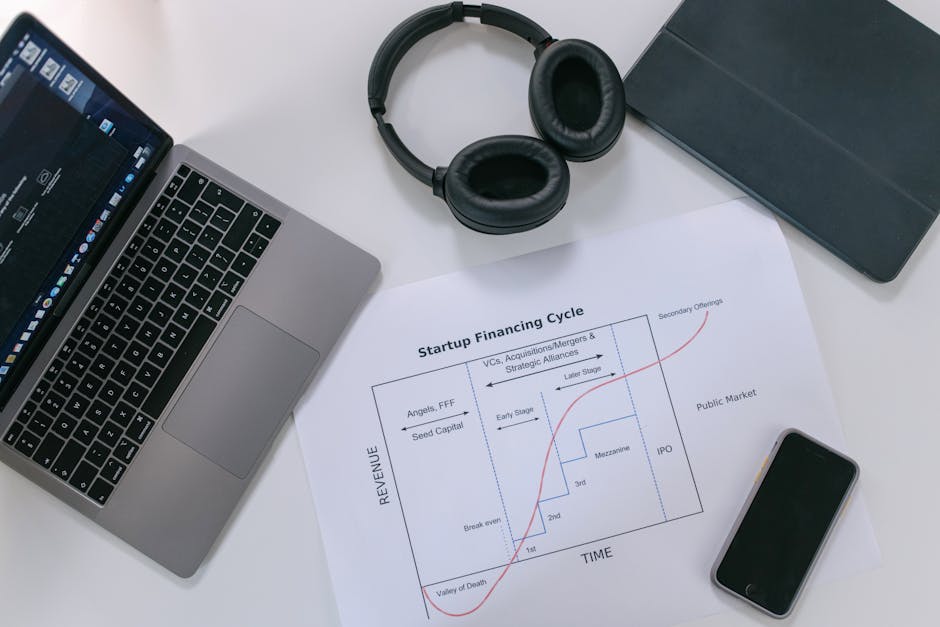Top Strategies for Legacy System Modernisation
You’re stuck with a legacy system that’s been cobbled together with patches, workarounds, and Band-Aid fixes, and it’s high time to stop putting off the inevitable modernisation. Start by evaluating the current system limitations – it’s a Frankenstein’s monster, after all. Then, develop a phased migration plan to wean yourself off those duct-taped crutches. Leverage cloud-based infrastructure for scalability and cost savings. Implement agile development methodologies to prioritise flexibility and continuous improvement. And don’t forget to integrate emerging technologies like AI and blockchain to propel your business forward. It’s time to break free from the past – and what you’re about to discover will be the key to revealing a brighter future.
Key Takeaways
• Conduct a thorough system audit to identify technical debt and prioritise modernisation efforts based on business impact and complexity.• Develop a phased migration plan that acknowledges business readiness and tackles technical debt in manageable chunks.• Leverage cloud-based infrastructure to scale up or down as needed, reduce maintenance burdens, and enjoy cost savings.• Implement agile development methodologies, such as Scrum, to prioritise flexibility, collaboration, and continuous improvement.• Integrate emerging technologies, like AI and blockchain, to drive real business value, but with careful planning and a willingness to learn from failures.
Assessing Current System Limitations

You’re stuck with a legacy system that’s held together with duct tape and prayers, and it’s high time to confront the harsh realities of its limitations.
The system that was once the backbone of your organisation has become a Frankenstein’s monster of patches, workarounds, and Band-Aid fixes. It’s a miracle it’s still running, but you know it’s only a matter of time before it crashes and burns.
The first step in modernising this mess is to conduct a thorough system audit. This isn’t a fun task, but crucial to identify the technical debt that’s accumulated over the years.
Think of technical debt like credit card debt – it might be convenient to put off payments, but eventually, you’ll be drowning in interest. A system audit will help you pinpoint areas where shortcuts were taken, and where corners were cut to meet deadlines.
Be prepared to face some ugly truths. You might find that your system is a tangled web of outdated technologies, incompatible with modern standards.
You might discover that your ‘temporary’ fixes have become permanent residents, and that your software is held together by a combination of hope and magic. But don’t worry, acknowledging the problem is the first step towards recovery.
Developing a Phased Migration Plan

Now that you’ve confronted the harsh realities of your legacy system’s limitations, it’s time to create a phased migration plan that will slowly but surely wean your organisation off its duct-taped crutches.
Don’t get too excited, though – we’re not talking about a flashy, overnight transformation. No, no. We’re talking about a carefully crafted, step-by-step plan that acknowledges your organisation’s Business Readiness and tackles that pesky Technical Debt.
Think of it as a detox programme for your legacy system. You can’t just quit cold turkey; you need a gradual, phased approach to wean yourself off those outdated systems and processes.
Start by identifying the most critical areas that need modernisation, and prioritise them based on business impact and complexity.
Next, break down each phase into manageable chunks, ensuring that each step builds upon the previous one. This will help you maintain momentum and demonstrate progress to stakeholders. Remember, the goal is to make incremental changes that don’t disrupt business as usual. You’re not trying to boil the ocean; you’re trying to create a roadmap for sustainable, long-term change.
As you set out on this journey, keep in mind that your phased migration plan should be flexible and adaptable. Be prepared to pivot when necessary, and don’t be afraid to ask for help along the way. With a solid plan in place, you’ll be well on your way to modernising your legacy system and leaving those duct-taped crutches in the dust.
Leveraging Cloud-Based Infrastructure

By migrating to cloud-based infrastructure, you’re basically trading in your rickety, on-premiss servers for a shiny, scalable, and highly available powerhouse that can keep up with your organisation’s growth spurt. It’s like swapping a clunky old sedan for a sleek, high-performance sports car. You’ll be able to accelerate your business operations, scale up or down as needed, and enjoy significant cost savings.
Here’s a snapshot of what you can expect from cloud-based infrastructure:
| Benefits | Cloud-Based Infrastructure | On-Premiss Infrastructure |
|---|---|---|
| Scalability | ⬆️ Scale up or down as needed | ❌ Fixed capacity, expensive upgrades |
| Cost | 💸 Pay-as-you-go, lower TCO | 💸 High upfront costs, maintenance |
| Availability | ✅ High uptime, automatic backups | ❌ Manual backups, downtime risks |
| Security | 🔒 Advanced security features | 🔒 Limited security, vulnerability risks |
| Maintenance | 👍 Managed by cloud provider | 👎 In-house IT team, added burden |
Implementing Agile Development Methodologies

How can your development team keep up with the breakneck pace of modern software development without getting bogged down in bureaucratic red tape and tedious waterfall methodologies?
The answer lies in implementing agile development methodologies that prioritise flexibility, collaboration, and continuous improvement.
By adopting agile practises, your team can respond quickly to changing requirements, streamline workflows, and deliver high-quality software faster.
Embrace Scrum frameworks: Break down complex projects into manageable sprints, and empower your team to take ownership of their work.
Automate testing and deployment: Implement DevOps pipelines to streamline testing, deployment, and monitoring, ensuring faster time-to-market and reduced errors.
Prioritise continuous learning: Encourage cross-functional skills, knowledge sharing, and experimentation to stay ahead of the curve.
Foster open communication: Hold regular retrospectives, stand-ups, and feedback sessions to identify areas for improvement and optimise workflows.
Measure progress, not hours worked: Focus on delivering working software, and celebrate successes (and learn from failures) along the way.
Integrating Emerging Technologies

You’ve mastered agile development, but your legacy system modernisation won’t be complete without embracing the cutting-edge technologies that’ll propel your business forward. Think AI, blockchain, and other innovative solutions that’ll make your competition green with envy.
It’s time to get futuristic, and we’re not talking about adding a fancy chatbot to your website (although, let’s be real, those can be pretty cool too).
Serious AI adoption can revolutionise the way you process data, automate tasks, and make predictions. It’s like having a super-smart, never-tyred, and always-accurate employe who doesn’t demand raises or coffee breaks.
Meanwhile, blockchain opportunities can provide the security, transparency, and immutability your business needs to thrive in today’s digital landscape. Imagine a world where data breaches are a thing of the past and your customers trust you implicitly.
But, let’s not get ahead of ourselves. Integrating emerging technologies requires a solid strategy, careful planning, and a willingness to learn from failures. It’s not about chasing the latest trends, but about leveraging the right tools to drive real business value.
Conclusion
You’ve made it to the finish line!
Now, imagine the weight of those legacy systems lifting, like Atlas shrugging off the world.
You’ve assessed, planned, leveraged, and implemented – and voilà! Your modernised system is born.
As you bask in the glory of your achievement, remember, the only constant is change.
Stay agile, stay curious, and keep those emerging technologies on your radar.
The future is bright, and your system is ready to shine.
Contact us to discuss our services now!
